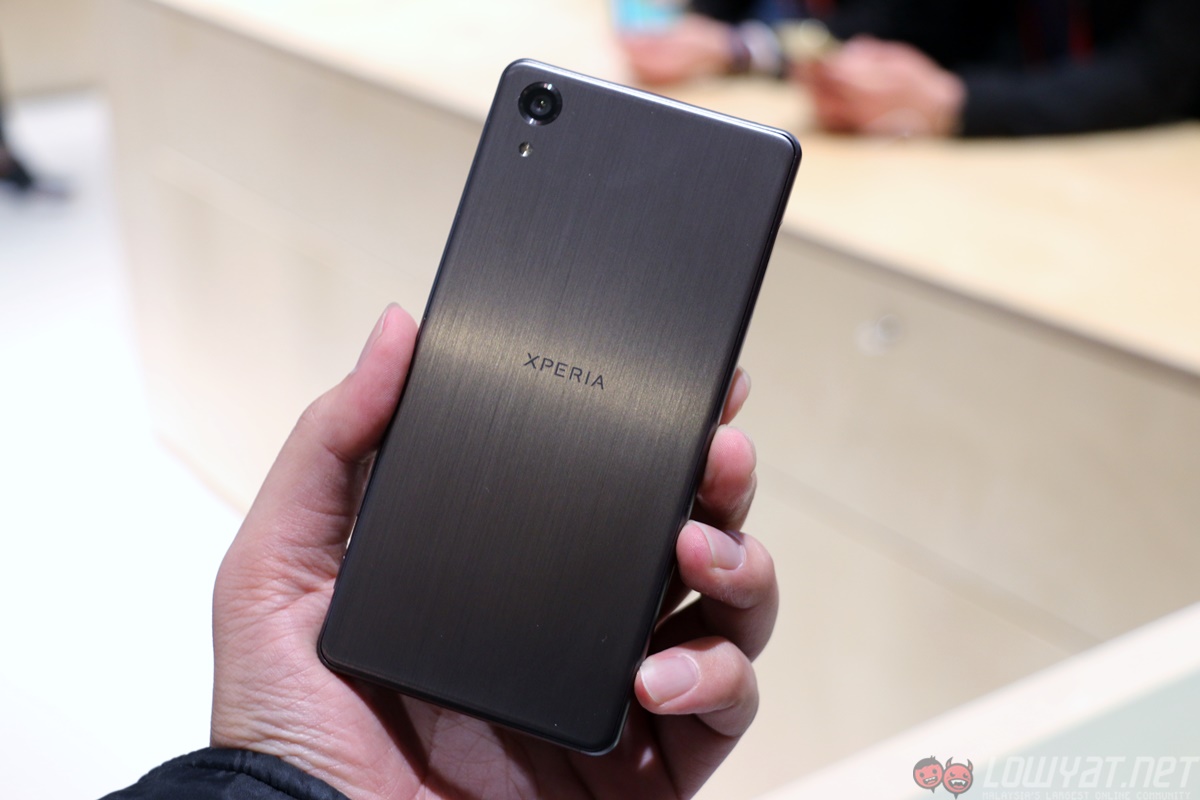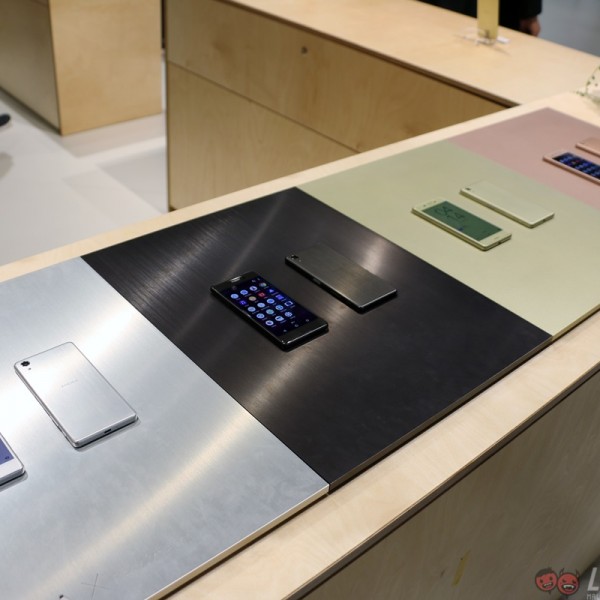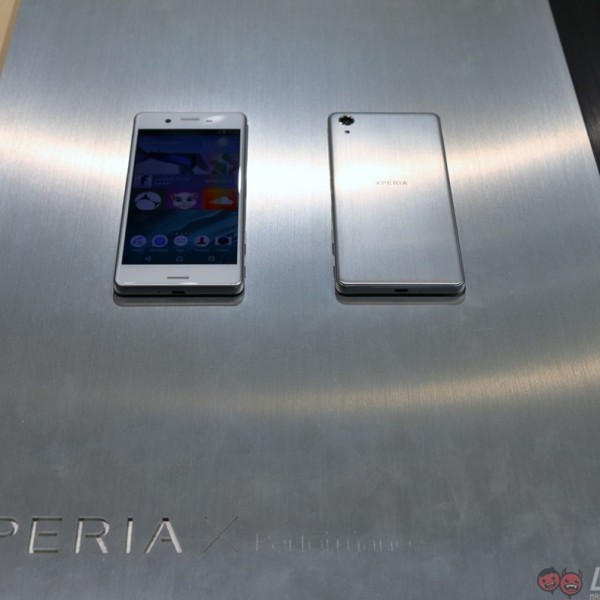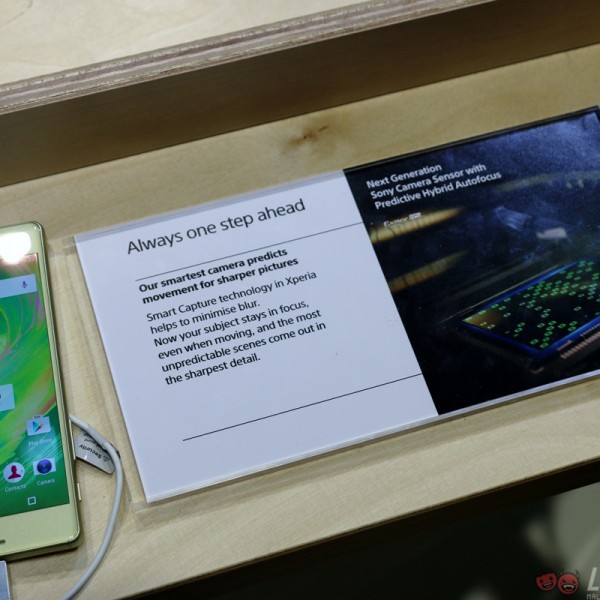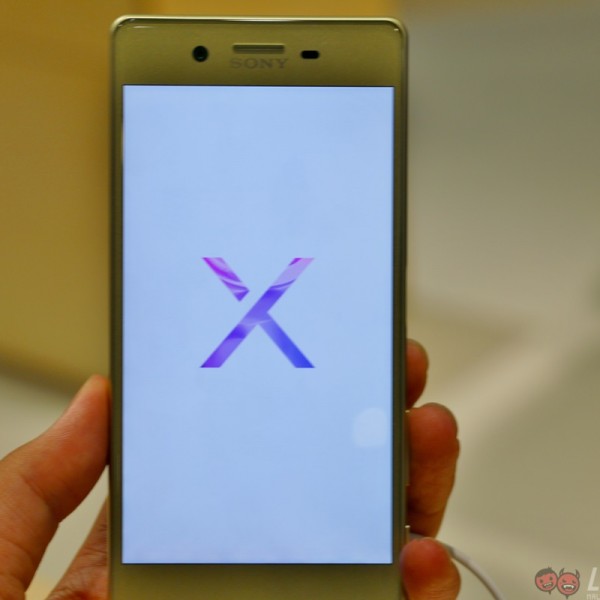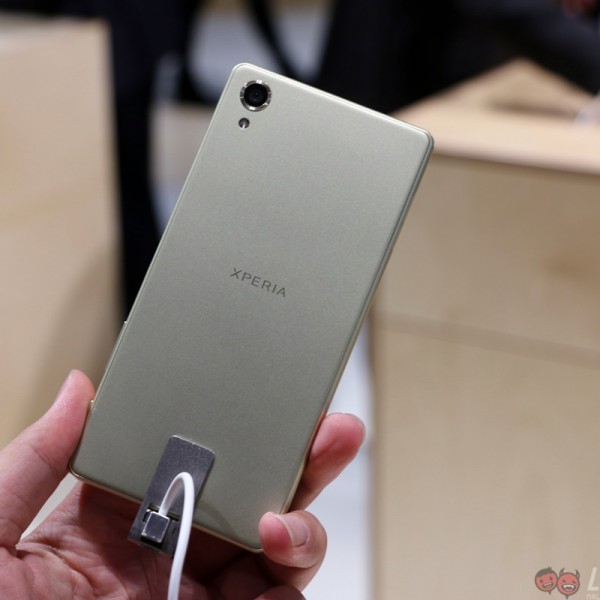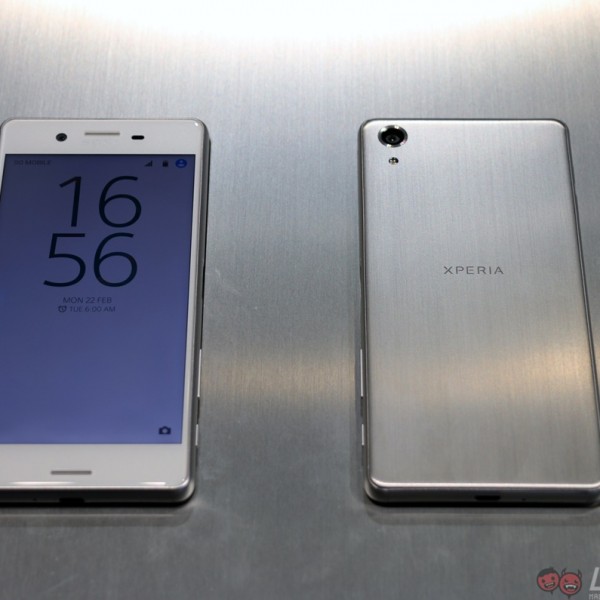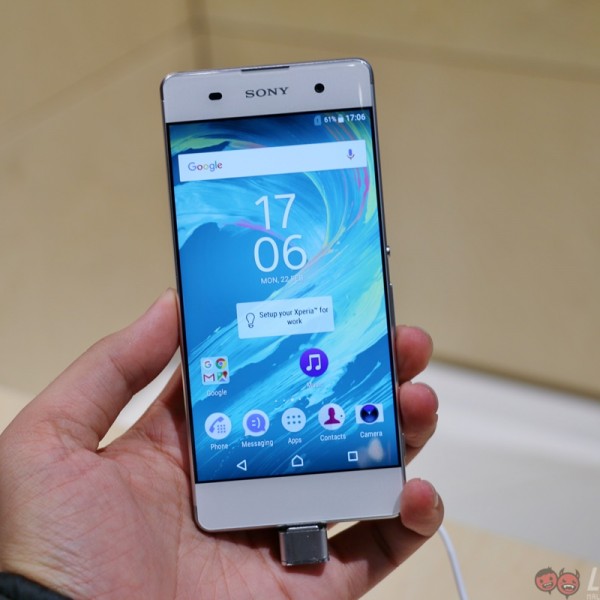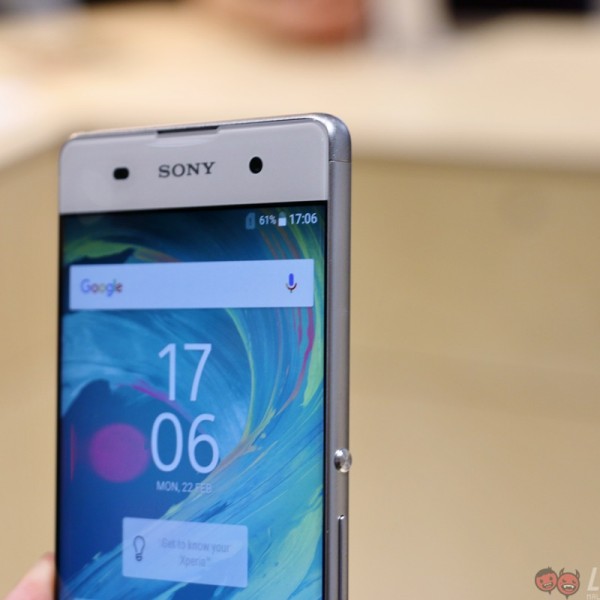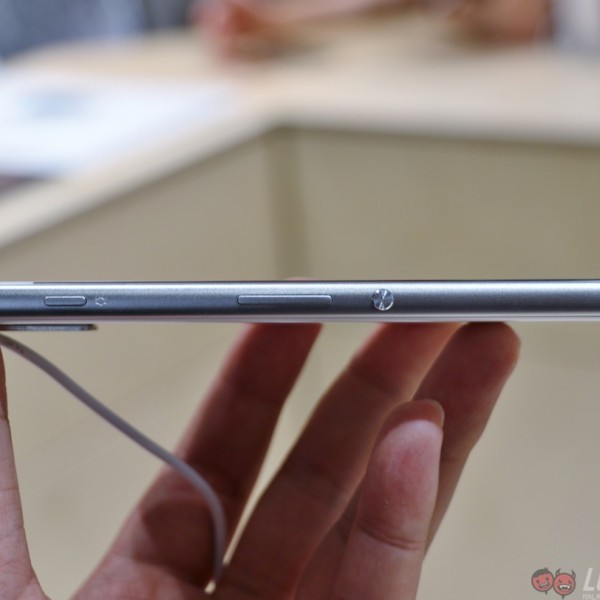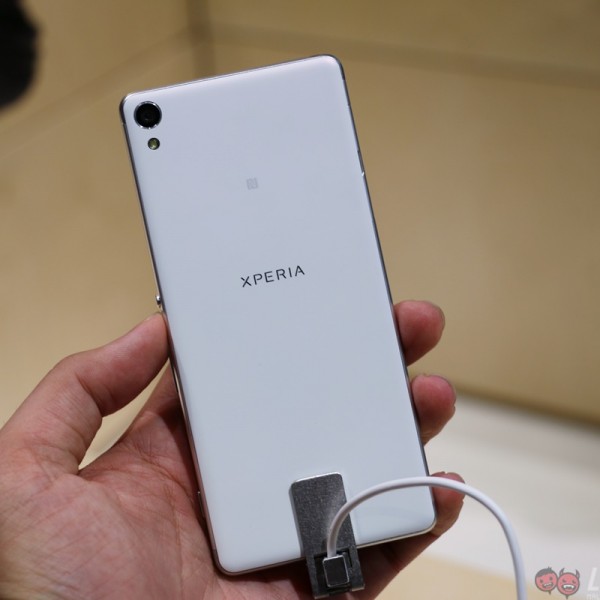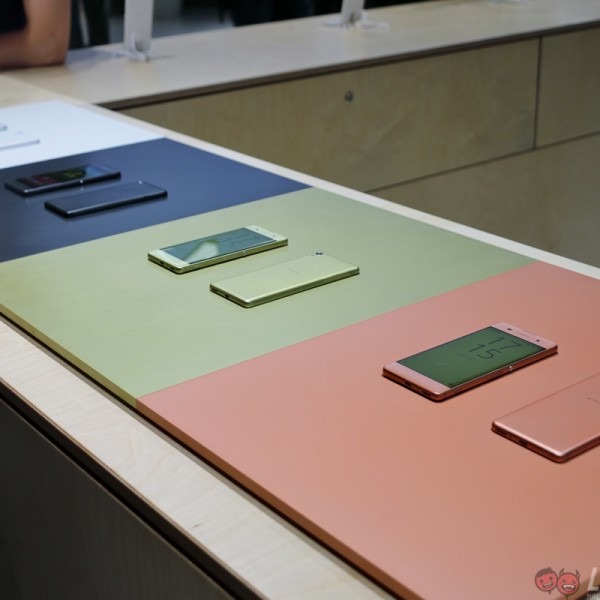Sony surprised quite a fair amount of people with the introduction of the new Xperia X series. Featuring an all-new metal unibody design that retains Sony’s OmniBalance design language, the Xperia X series is bound to split opinion in many ways.
Dubbed as Sony Mobile CEO Hiroki Totoki’s brainchild, the Xperia X series heralds Sony’s vision of the future of communications. In some ways, this is quite literal: the Xperia X series won’t be available until at least the second half of the year.
That said, Sony’s approach with the Xperia X series is an interesting one. There’s a flagship, the Xperia X Performance; another high-end model in the Xperia X; and finally the Xperia XA, a device Sony calls a “super mid-range” phone.
The X and X Performance both share a lot of characteristics: 5-inch Full HD displays, metal unibody designs (the Performance model gets a hairline brush effect at the back), and an enhanced 23MP rear camera sensor with Predictive Hybrid Autofocus.
What Sony’s done is to create an algorithm that attempts to predict the motion of a subject, focusing where it might go next instead of only where it currently is. Theoretically, this means the subject is always in focus, even if they are constantly moving. Sony says this is perfect for taking photos of animals or children.
To demonstrate this feature, Sony let loose a set of balls with motors that roll and swerve them at random motions. To enable Predictive Hybrid Autofocus, users need only tap on the subject on the viewfinder, locking the subject in focus.
From the brief demo, it certainly works as advertised, and the camera did produce shots that had the subject consistently in focus. However, Sony’s persistently aggressive post-processing algorithms are apparent here on the Xperia X and X Performance.
Nevertheless, there is plenty of time for Sony to work on improving the camera software. Actually, the Android 6.0 skin could use a lot of improving, too: one unit of the Xperia X had its icons appear jagged and stuck to one side of the home screen after exiting the camera app, while an Xperia XA kills the camera app after it’s turned on for a few seconds.
Hence, it won’t make much sense to describe how the Snapdragon 650 or the Mediatek 6755 Helio P10 chipsets were like on the Xperia X and XA respectively.
On top of that, Sony did not have a single working unit of the Xperia X Performance, with at least one Sony rep at the show floor explaining that the software was too early in development to show anything that is ready for deployment. All units of the Xperia X Performance that were shown were locked down and with strict requests for attendees to not touch them.
As for the Xperia XA, there is a compelling reason why the company decided to bestow it the title of “super mid-range”. It takes a leaf out of the Xperia C5 Ultra’s ultra-slim bezels, creating a look that’s quite arresting for a mid-range device.
And to be honest, this display looks even better than that on the Xperia X. Colour reproduction is vivid, while the viewing angles are exceptionally great. The barely-there bezels just sweetens the whole package.
Unlike the Xperia X and X Performance, the Xperia XA is not made from a metal unibody. In fact, the XA feels like a mish-mash of previous Xperia devices: there’s a soft touch matte plastic back from mid-range Xperia devices, slim side bezels but thick top and bottom bezels like the C5 Ultra, and finally, the round power button that was iconic in the first few Xperia Z models.
In all, it must be said that the new Xperia X series is a departure from its Xperia Z series – though not by much. While the metal frame and glass back of the Z series is not here, Sony’s OmniBalance design remains; some deem it a sense of continuity, while others will inevitably find it boring.
Improvements in the camera software is certainly welcome. According to some of the product experts at the show floor, the Xperia X and X Performance’s cameras supposedly locks focus up to two times faster than the Xperia Z5 because of the new Predictive Hybrid Autofocus.
It will be interesting to see if Sony finally realises that it isn’t in the sensor itself, but in the software that controls it. We’ll reserve our judgment of the new Xperia X series until Sony releases more stable software for all three devices.
Follow us on Instagram, Facebook, Twitter or Telegram for more updates and breaking news.

